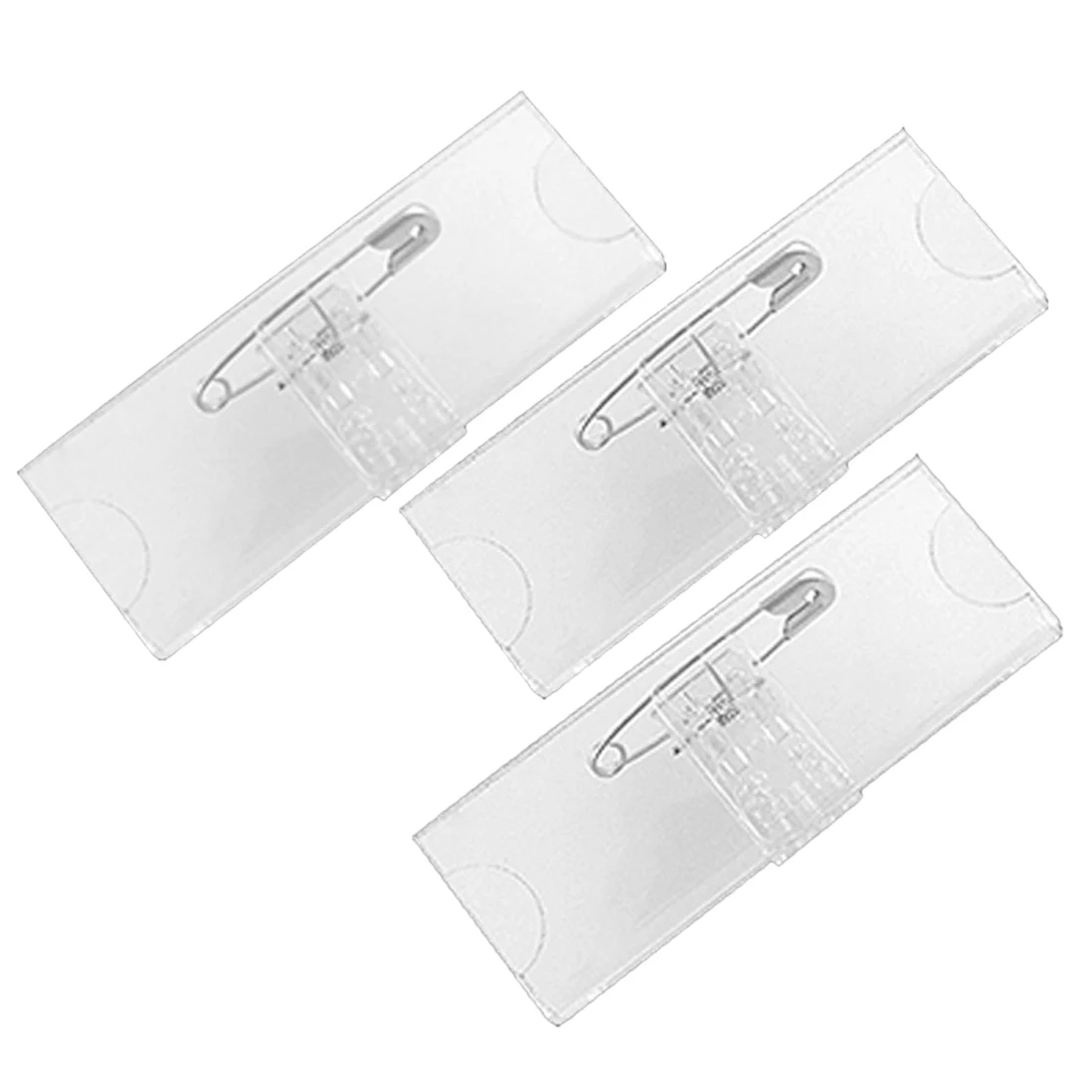
These objects often pass all the way through the digestive tract in 24 to 48 hours and cause no harm. Young children and, sometimes, older children and adults may swallow toys, coins, safety pins, buttons, bones, wood, glass, magnets, batteries or other foreign objects. Always use safety pins instead of straight pins as it is not safe to wear straight pins inside your dress. Pin the fabric on the inside of the dress. Gather and measure the same amount of fabric as you had pinned on the outside of the dress. How do you pin clothes that are too big?įlip the dress inside out so you can reach the interior side seams. Push the pin through the top of the hem until the bottom of the pin is securely attached.

Use at least six safety pins per pant leg. When there is no time to sew or iron, using safety pins to hem your pants is sometimes the only thing you can do. Pin your pants hem with a row of safety pins. How do you put the safety pin on the bottom of jeans? Stainless Steel and brass are more resistant than any other metal. the pins you have are nickel plated and this is only rust resistant. The type of pin you need to use are either stainless steel or brass. … Safety pins worn visibly on clothing became a symbol of solidarity with victims of racist and xenophobic speech and violence after the Brexit referendum in the United Kingdom in 2016. Why do punks wear safety pins?ĭuring the emergence of punk rock in the late 1970s, safety pins became associated with the genre, its followers and fashion. Can safety pins go in the wash?Ĭan you wash clothes with safety pins? You can wash clothes with safety pins, but that should be considered a one-time stopgap measure to give time to more permanent solutions. Soft enamel is more likely to experience buildup since there are dips on the surface, but they are also easier to scratch. If you notice dust or other debris clinging to your enamel pins, then you can use a cotton cloth to wipe them down. Clothespins often come in many different designs. What were laundry pins used for?Ī clothespin (US English), or clothes peg (UK English) is a fastener used to hang up clothes for drying, usually on a clothes line. If the tarnishing is heavier, then you can use silver polish and a soft cotton cloth to clean your pin. If the tarnishing is mild, sometimes just rubbing the pin with your fingers will sort it out, as the oil from your fingers can remove the tarnished layer. If you can still push the safety pin open, you need to pinch the clasp tighter. You will need to pinch this gap shut so that you can’t open the pin any more. The clasp has a gap in it, which is what allows you to open and close the pin. How do you keep safety pins closed?Ĭlose the safety pin, then pinch the clasp with pliers.

Close the snare slowly until the pin is locked. Pass the snare through the rectal tube and go over the safety pin at the open end. How do you get safety pins off?įor an open safety pin, grasp the body of the pin with rat tooth forceps as close as possible to the lock.

However, some fabrics and pin backings are more likely to show traces of them. You can wear pins without leaving holes in your clothes. … Pins are meant to be worn and are meant to last, so wear them proudly and if necessary clean as needed.
#Clear safety pins free#
Regardless of the base metal, feel free to wash or wipe down any enamel pin you may have with water or jewelry cleaner.


 0 kommentar(er)
0 kommentar(er)
